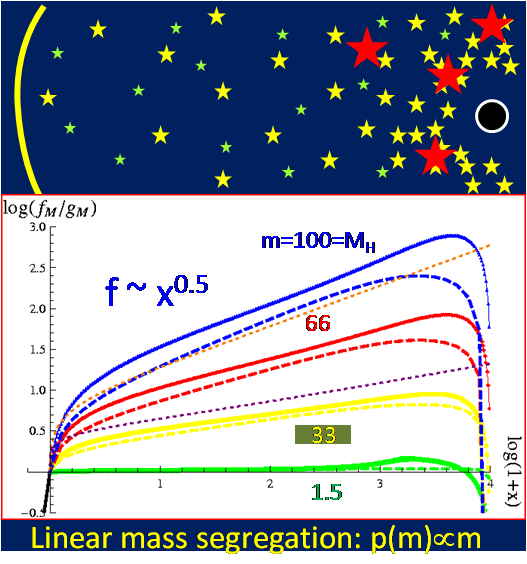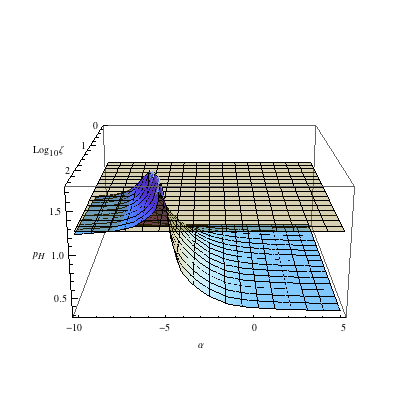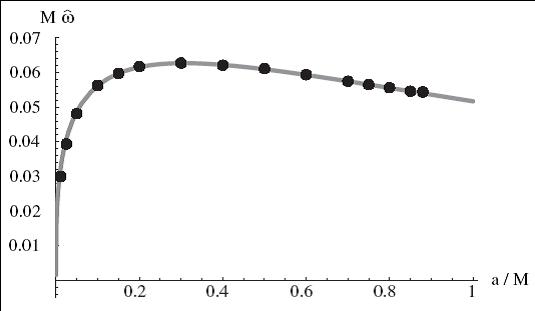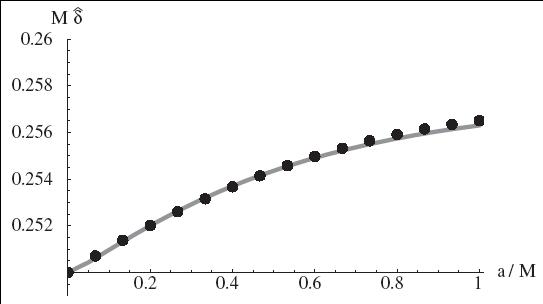Keshet Uri: Black holes
Black holes play a double role in physics, both as astronomical objects routinely discovered nowadays in binaries and in the centers of galaxies, and as central targets on the path to understanding quantum gravity. The presence of super-massive black holes in the centers of essentially all galaxies is strikingly illustrated by the observed trajectories of stars in the very center of our Milky Way Galaxy (see Movie 1). Among the many observational implications of such massive black holes, they are thought to induce characteristic steady-state, mass-segregated stellar cusps in the centers of galaxies, as illustrated in Figure 1. Among the tests of strong gravity and clues to quantum gravity obtained from the study of black holes, the quasinormal ringing of perturbed black holes induces characteristic gravitational waves and may shed light on the quantum description of black holes (see Figure 2).Movie 1: Observed stellar trajectories around Sagittarius A* (see tour), the massive black hole in the center of our Galaxy. Although the central object inferred from these trajectories is ~4 million times more massive than our sun, its radius must be less than the pericenter of the nearest star shown (denoted S2), 17 light hours.
Figure 1: Bahcall & Wolf (1976,1977) have shown that within the radius of influence of a massive black hole,stars of different masses segregate, each species forming a power-law density cusp. The first image illustrates mass segregation of stars (light stars in green, intermediate mass-yellow, and massive-red) around a massive black hole (black disk). We derived an analytic solution for the energy distribution f(x,m) of stars with an arbitrary mass function g(m). At intermediate distances f~xp, where p(m)=m/4M and M is an averaged stellar mass (see details). The figure shows the landscape of the energy power-law indices pH of the most massive stars, for different power-law mass functions g(mL<m<mH)~mα, as a function of power-law index α and the mass range ζ=mH/mL.
Figure 2: The intermediate and asymptotic quasinormal spectrum and greybody factors of a generic (Kerr-Newman, i.e. rotating and charged) black hole in flat space were analytically derived [1, 2 ,3]. They reveal a peculiar structure, reminiscent of special black holes where a dual quantum description has been established.



